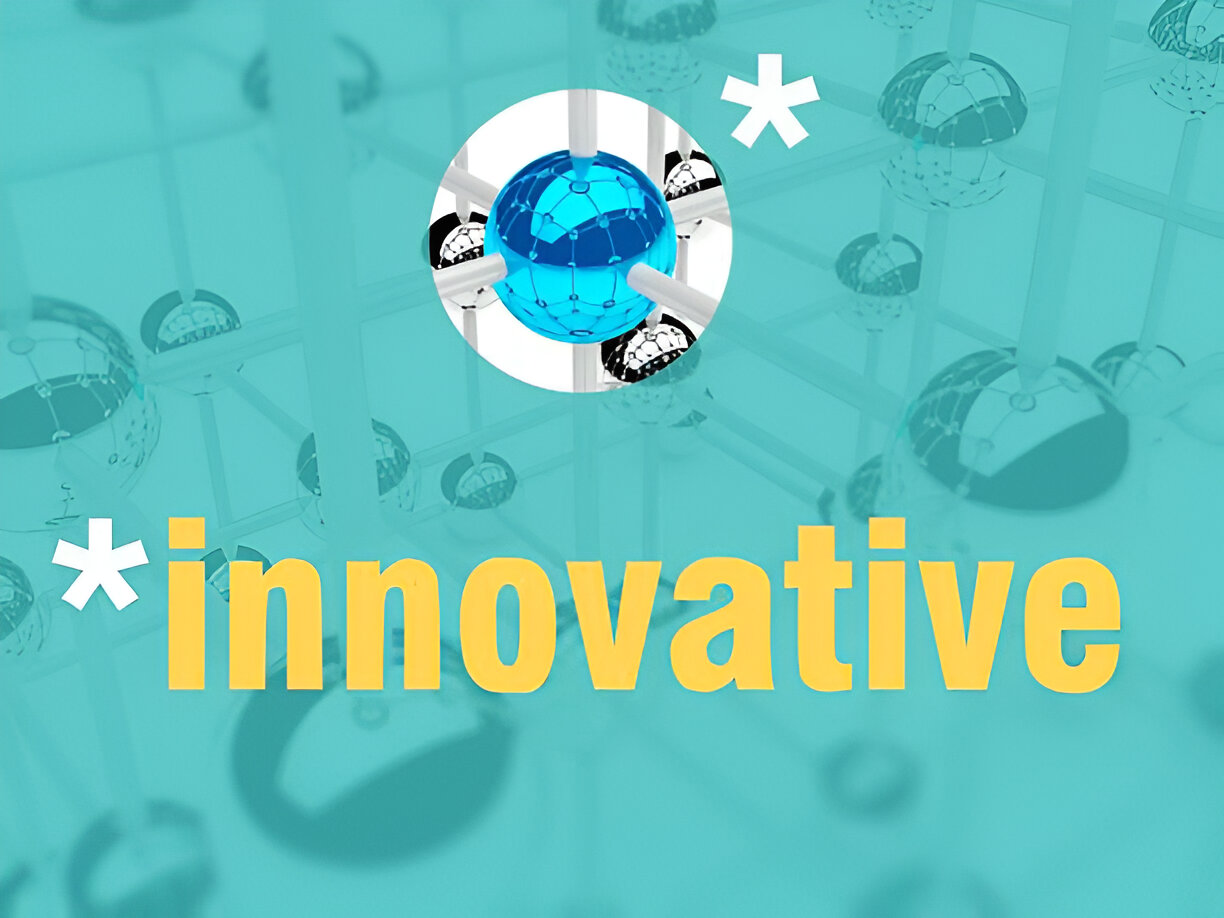In a world often fractured by conflict and misunderstanding, the need for genuine reconciliation has never been greater. Traditional methods like dialogues and peace talks continue to play important roles. However, innovative approaches are beginning to transform how communities and nations heal from deep divisions. These new strategies go beyond words, introducing creative, inclusive, and meaningful pathways to rebuild trust and foster unity across cultures.
Evolving Nature of Reconciliation
Historically, reconciliation has focused on apologies, discussions, and symbolic gestures. While these practices have their place, modern conflicts often demand more nuanced solutions. People require tangible ways to process trauma, build new relationships, and foster authentic change. This shift has given rise to healing and reconciliation initiatives that combine emotional restoration with practical community engagement. These efforts recognize that reconciliation is not just about ending violence but about rebuilding lives with dignity and compassion, weaving a new narrative of hope for the future.
Innovative Initiatives Shaping New Paths
Across the globe, many initiatives are creatively addressing past wounds and planting seeds of future peace. For example, storytelling projects allow survivors of conflict to share their experiences in safe, supported spaces. In South Africa, digital archives capture personal testimonies from the apartheid era, offering a platform for unheard voices while educating future generations. Elsewhere, countries like Colombia are using public art and theater performances to spark conversations about past injustices, giving communities a chance to heal emotionally and culturally through creative expression. Such initiatives show that when people connect through personal stories, healing becomes a collective journey rather than a solitary struggle.
Global Impact of Creative Healing Approaches
Creative healing methods are reshaping how societies approach post-conflict recovery. Technology plays a critical role, with virtual reality programs enabling individuals to step into another person’s experience of trauma, fostering empathy on a global scale. Educational institutions are also integrating innovative peace-building curriculums, helping young people engage with histories of conflict through projects that inspire critical thinking and compassion. In Rwanda, for instance, local artists lead workshops where genocide survivors and perpetrators collaborate on murals symbolizing forgiveness and hope. These new practices are not only local solutions; they influence international dialogues about justice, memory, and unity.
Challenges and Opportunities
Despite the powerful impact of these efforts, challenges persist. Resistance from entrenched political powers, societal divisions, and economic instability can limit the reach of reconciliation programs. Moreover, innovation must always respect cultural sensitivities and historical contexts. Nevertheless, opportunities abound. As more organizations, governments, and individuals recognize the importance of emotional healing, investments in creative reconciliation strategies are growing. Collaboration between artists, educators, activists, and policymakers can help ensure that healing initiatives remain sustainable and inclusive, ultimately fostering lasting change across borders.
Conclusion
Healing beyond words requires courage, creativity, and deep commitment to human dignity. Innovative reconciliation initiatives are proving that the future of peace-building lies in embracing new ways to connect, communicate, and heal. By weaving art, technology, storytelling, and education into the fabric of recovery, societies are beginning to rewrite histories marked by division. As these healing movements continue to grow, they offer a powerful reminder that transformation is possible—not just through policies or treaties but through human connection and shared hope. Together, communities can build a more compassionate and unified world, one story, one act, and one heart at a time.

Leave a Reply